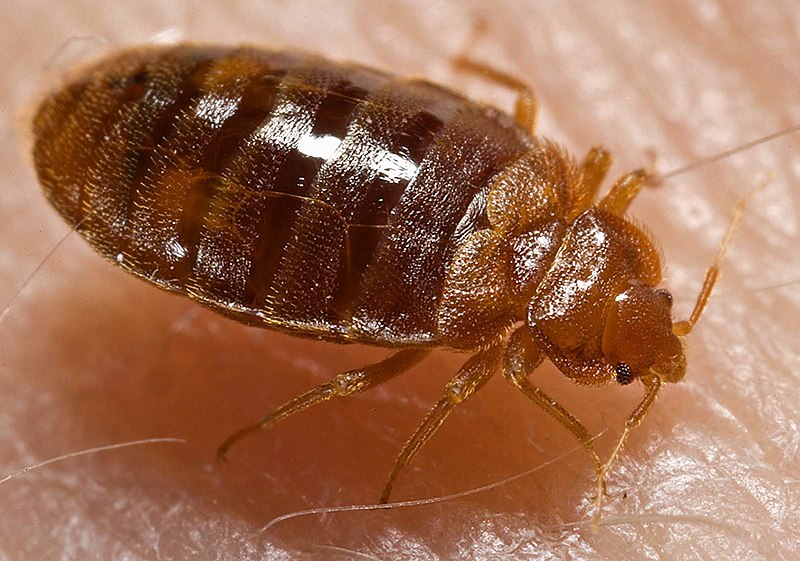Fichièr:Bed bug, Cimex lectularius.jpg

Talha d'aquesta previsualizacion: 800 × 561 pixèls. Autras resolucions : 320 × 224 pixèls | 640 × 449 pixèls | 1 024 × 718 pixèls | 1 280 × 898 pixèls | 1 600 × 1 122 pixèls.
Fichièr d'origina (1 600 × 1 122 pixèl, talha del fichièr: 161 Ko, tipe MIME: image/jpeg)
Istoric del fichièr
Clicar sus una data e una ora per veire lo fichièr tal coma èra a aqueste moment
| Data e ora | Miniatura | Dimensions | Utilizaire | Comentari | |
|---|---|---|---|---|---|
| actual | 17 mai de 2007 a 14.11 |  | 1 600 × 1 122 (161 Ko) | Patho | == Summary == {{Information |Description=ID#: 9822 Description: This 2006 photograph depicted an oblique-dorsal view of a '''bed bug nymph, Cimex lectularius''', as it was in the process of ingesting a blood meal from the arm of a “voluntary” human h |
Paginas que contenon lo fichièr
Las paginas çaijós compòrtan aqueste imatge :
Usatge global del fichièr
Los autres wikis seguents utilizan aqueste imatge :
- Utilizacion sus af.wikipedia.org
- Utilizacion sus an.wikipedia.org
- Utilizacion sus ar.wikipedia.org
- Utilizacion sus arz.wikipedia.org
- Utilizacion sus ast.wikipedia.org
- Utilizacion sus azb.wikipedia.org
- Utilizacion sus be.wikipedia.org
- Utilizacion sus bg.wikipedia.org
- Utilizacion sus bjn.wikipedia.org
- Utilizacion sus bn.wikipedia.org
- Utilizacion sus bs.wikipedia.org
- Utilizacion sus ca.wikipedia.org
- Utilizacion sus ca.wiktionary.org
- Utilizacion sus ceb.wikipedia.org
- Utilizacion sus cs.wikipedia.org
- Utilizacion sus cv.wikipedia.org
- Utilizacion sus dag.wikipedia.org
- Utilizacion sus de.wikibooks.org
- Utilizacion sus din.wikipedia.org
- Utilizacion sus el.wikipedia.org
- Utilizacion sus eml.wikipedia.org
- Utilizacion sus en.wikipedia.org
- Utilizacion sus en.wikinews.org
- Utilizacion sus en.wiktionary.org
Veire l'utilizacion globala d'aqueste fichièr.
